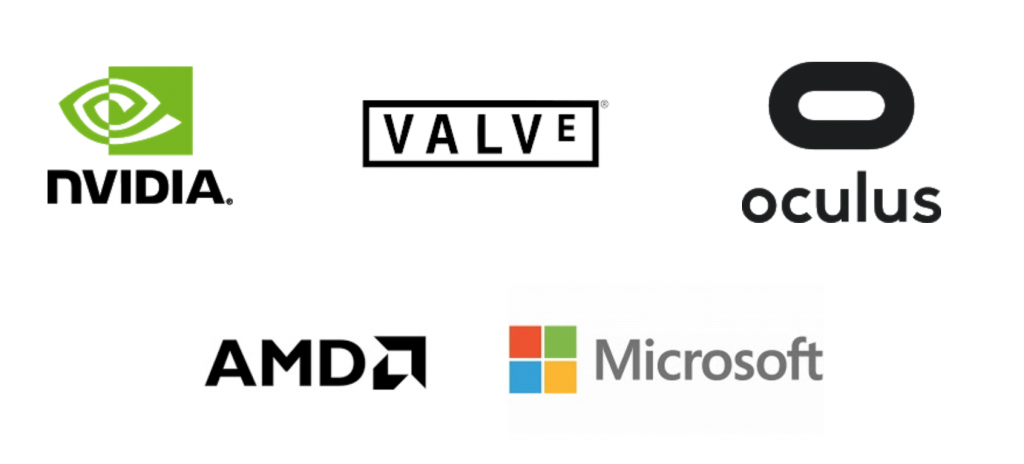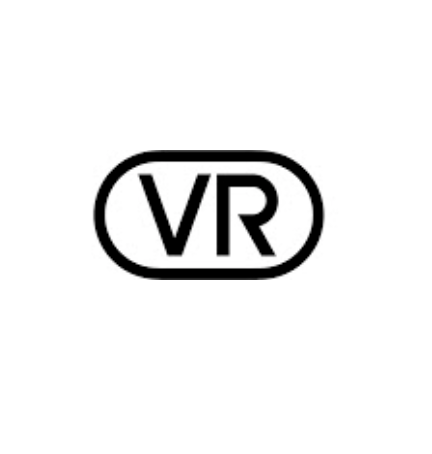
VR Industry Players Unveil New Cable Standard
According to a press release from the new industry group VirtualLink™ Consortium, an open industry “single connector” will be standard on next-generation virtual reality (VR) headsets.
Established as “a group of leading silicon, software, and headset manufacturers,” the VirtualLink Consortium enjoys support of the leading VR hardware manufacturers, including NVIDIA, Oculus, Valve, AMD and Microsoft.

The new logo for VirtualLink’s open VR standard. Via VirtualLink.
While some stand-alone, minimalist VR designs that negate the need for cables exist—such as Oculus Go, myriad smartphone-to-VR adaptors or Apple’s rumored wireless device—most leading VR headsets still force users to stay tethered to a computer and even a variety of peripherals using USB and proprietary connectors.
The new standard optimizes the connection to increase bandwidth and reduce latency while reducing the required nest of cables for today’s VR devices to a simple, solitary port. While the exact technical standard of VirtualLink 1.0 is forthcoming, the organization outlined the basic specifications of the new connector.
Based on the powerful, small USB-C connector that has already begun to pervade consumer computers and smartphones, VirtualLink aims to standardize and “future proof” VR hardware by designing a purpose-built connector designed to handle the high data and power demands of VR. According to the consortium, VirtualLink employs a Type C USB 3.1 data channel as well as support for four high-speed HBR3 DisplayPort lanes and up to 27 watts of power.
VR has been slowly gaining consumer and developer traction by a hype-driven lurch forward, but the technology still hasn’t become mainstream. Among a presently lagging market, VR suffers from some major hurdles to overcome before it grows beyond its early adopter phase.
Two of the technology’s serious obstacles have been the lack of established industry standards between competing devices as well as the clunky and complex hardware setups required for the best VR experiences, problems which the VirtualLink Consortium may just have greatly lessened, perhaps paving the way for the long-awaited VR revolution to come.
According to NVIDIA’s general manager of gaming and VR Jason Paul, “with a single, high-bandwidth cable, VirtualLink unlocks the full potential of the PC to power amazing VR experiences.”
Contemporaries from the top ranks of other leading VR companies behind VirtualLink’s establishment believe the breakthrough will ensure VR’s viability. The head of Facebook’s Oculus VR division, Nate Mitchell, described “a consolidated connection point” as a “critical” technology for the future of VR and added that “with the adoption of VirtualLink technology […] we look forward to helping push the industry forward into the next phase of VR.”







Leave A Comment